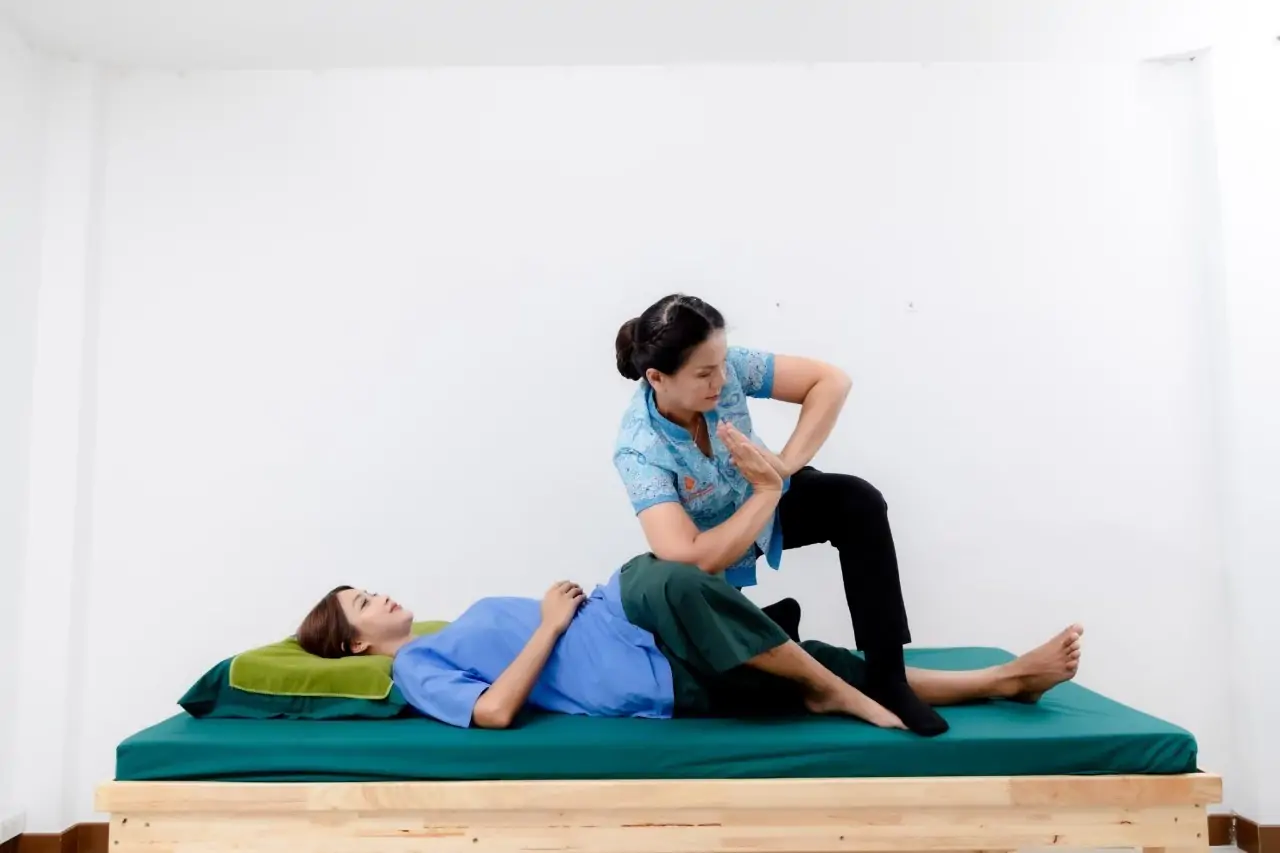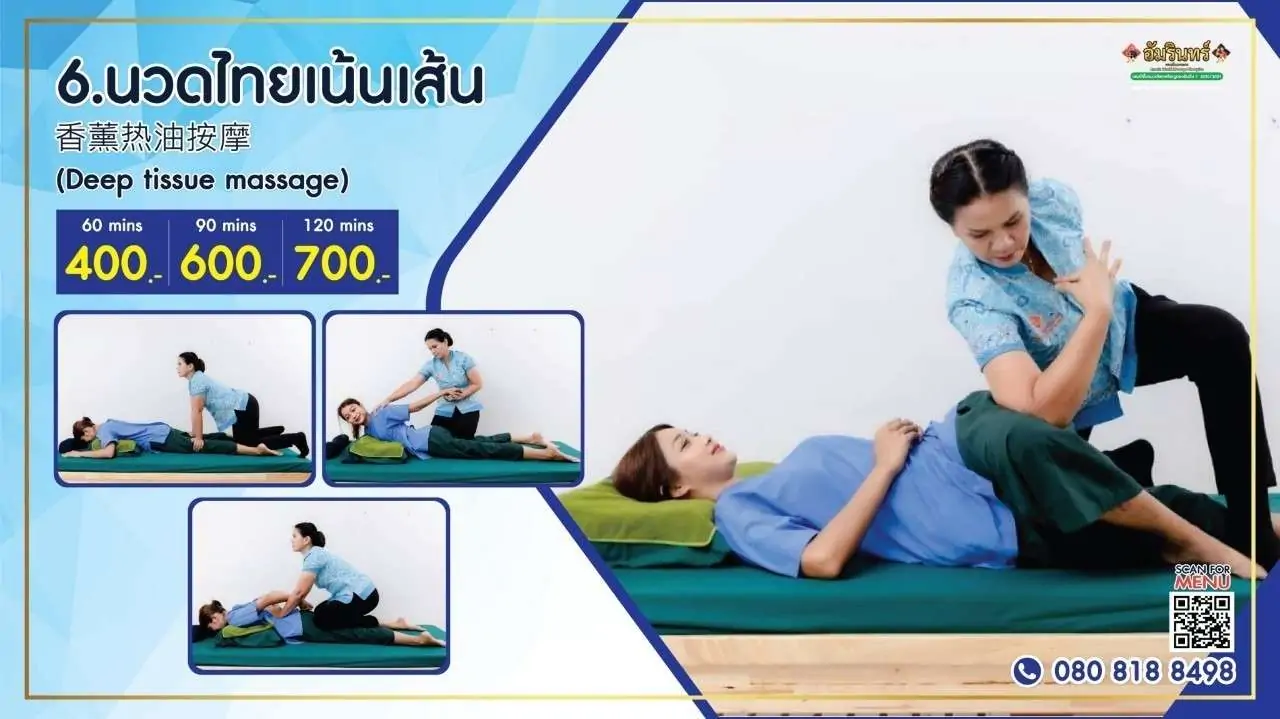
Deep Tissue Massage is a type of massage that focuses on the deep layers of the body's muscles and connective tissues. It focuses on areas of tightness, scar tissue, and adhesions, helping to relieve pain, reduce inflammation, and improve mobility.
The Joys of Deep Tissue Massage: Beyond Superficial Relief
When thinking of massage therapy, many people think of a relaxing and calming experience. The gentle Swedish massage and soothing aromas transport our mind and body to a calmer, happier state. While soft tissue massage can be very beneficial, there is another type of massage therapist that is truly effective and worth looking into: deep tissue massage.
What is Deep Tissue Massage?
As the name suggests, Deep Tissue Massage focuses on the deep muscles and connective tissues. These layers are usually accessible through the skin and subcutaneous layers, and are densely packed with blood vessels, nerves, and other connective tissue. We’re talking about the areas hidden beneath the superficial fascia called the epimysian, perymysium, between muscle bundles, and so on. Yes, it’s a journey to get there, but where do you start?
Searching for hidden pain
Most of us experience some level of stress, and as a defense mechanism, our bodies develop tight areas, adhesions, collagen fibers that build up in specific areas of the muscles, tendonitis, “knots” of muscle fascia, or trigger points in areas we don’t even know about. This chronic pain can manifest itself physically (back and neck pain) or emotionally (generalized feelings of stress and fatigue). Typically, we feel these areas due to chronic overuse due to poor posture, repetitive stress, or simply fatigue. The solution is to release these knots within the tissues to restore mobility and joint movement, which reduces the tension that builds up in the muscles and connects them to the deeper tissue structures.
The Real Benefits of Reflexology
- Pain Relief Management: When deep connective tissue is repositioned and released, the pain will be reduced or may even disappear over time.
- Inhibition of inflammation: Proper work on deeper structures such as the capsule and joints helps maintain a healthy dynamic balance and prevents any chronic joint problems.
- Optimal range of motion and function: Correcting muscle imbalances and releasing myofascial restrictions will reduce the risk of long-term injury and ensure optimal movement in joints with increased range of motion.
- Reducing muscle and fascial pain: Muscle and fascial pain responds well to the gentle therapeutic pressure of deep tissue massage, releasing deep fibers that are often associated with general pain.
**How is deep tissue massage done?'
The therapist will begin by assessing whether deep tissue massage is necessary, based solely on the client’s preferences and medical history. The therapist will create a warm and inviting atmosphere to help the client feel calm. The therapist will then focus on areas of muscle tension, using their hands, elbows, or even forearms, applying varying degrees of pressure or force in the same direction as the muscle fibers or along the length of the connective tissue. The therapist aims to cause the client pain, but also to ensure that the client’s discomfort level remains within a defined range. For example, if a strong pressure is used, it could be as simple as a “painful touch” with the intention of loosening a stubborn knot.
Conclusion
Journeying deep into our own tissues is a powerful solution for chronic pain, adhesions, and scar tissue from overuse over time. By providing a comprehensive overview of deep tissue massage therapy, we hope to expand understanding and encourage those new to massage to explore this form of body massage.
Interested in receiving Thai massage services focusing on the tendons with Surat Thani massage shop? Amarin World Massage Champion Best Massage in Surat Thani
To see more details about Thai massage focusing on the tendons, click on the image below.


